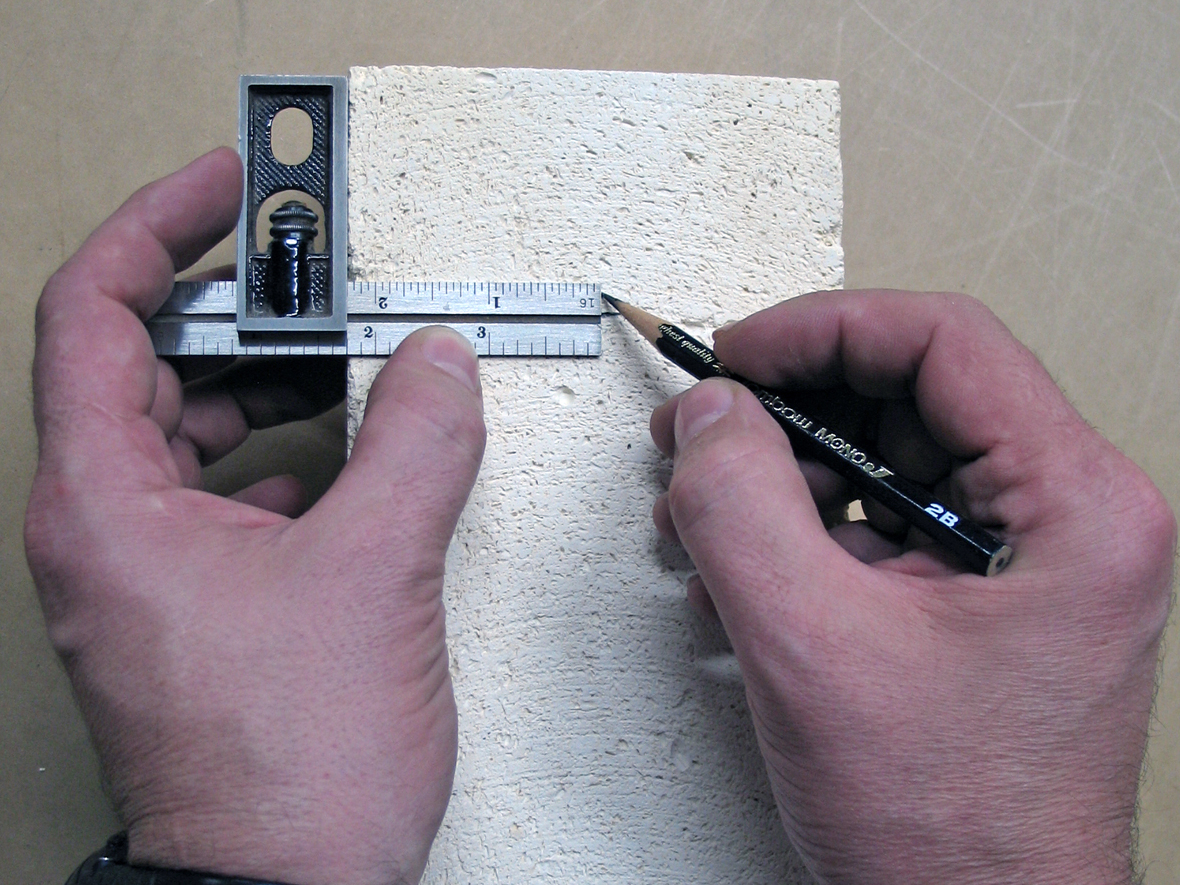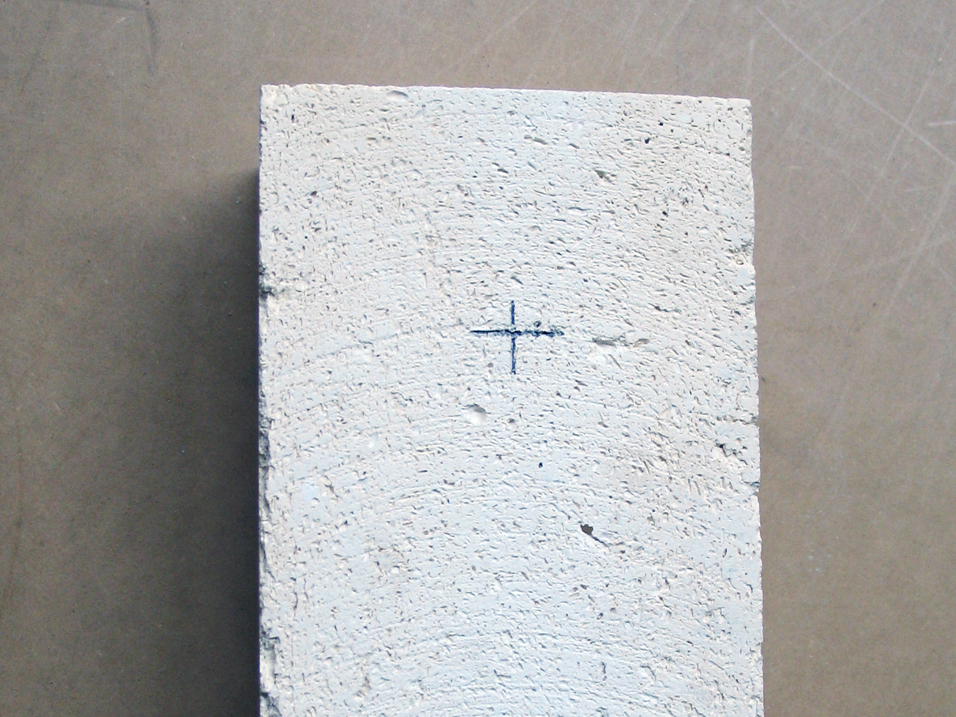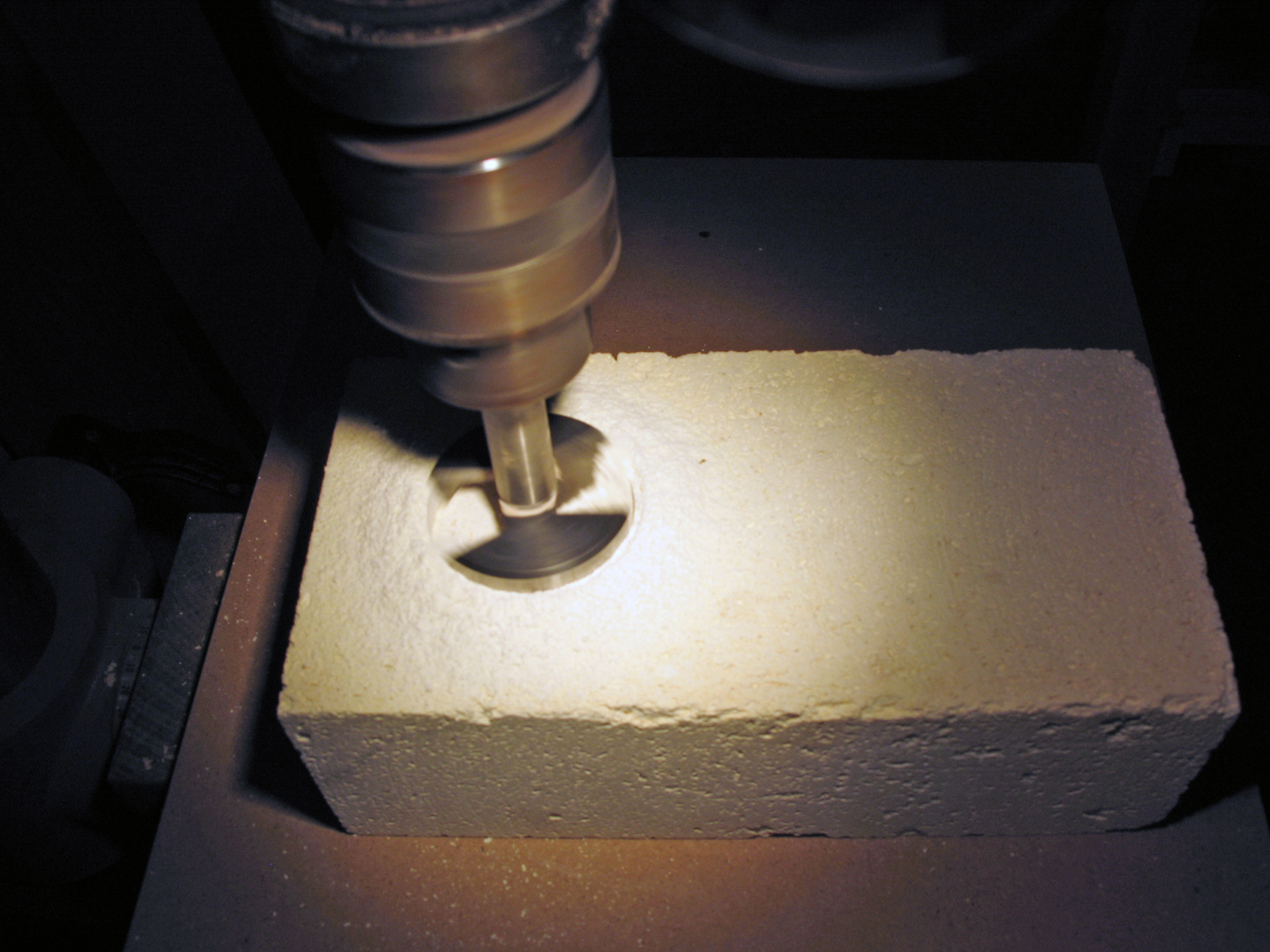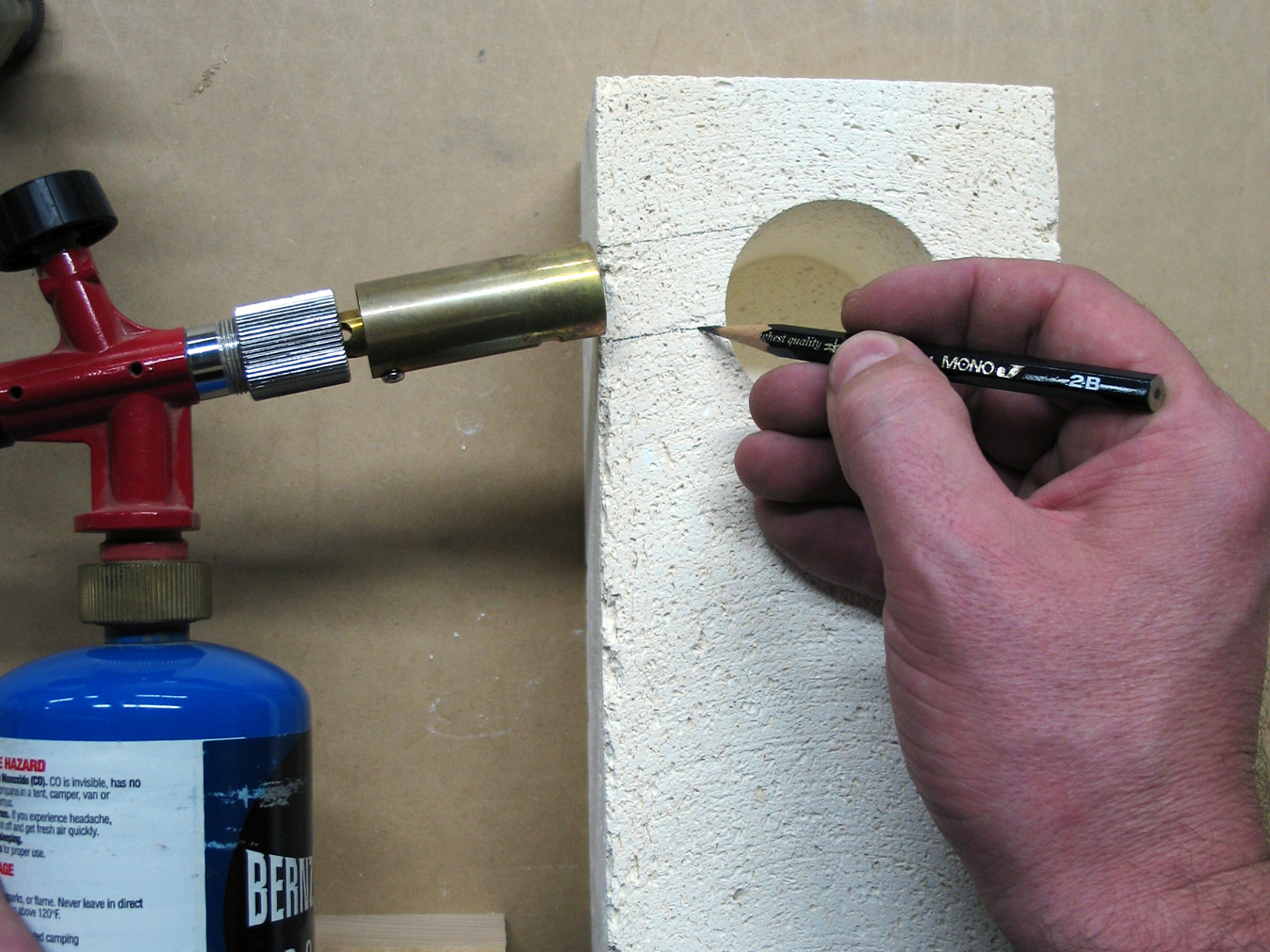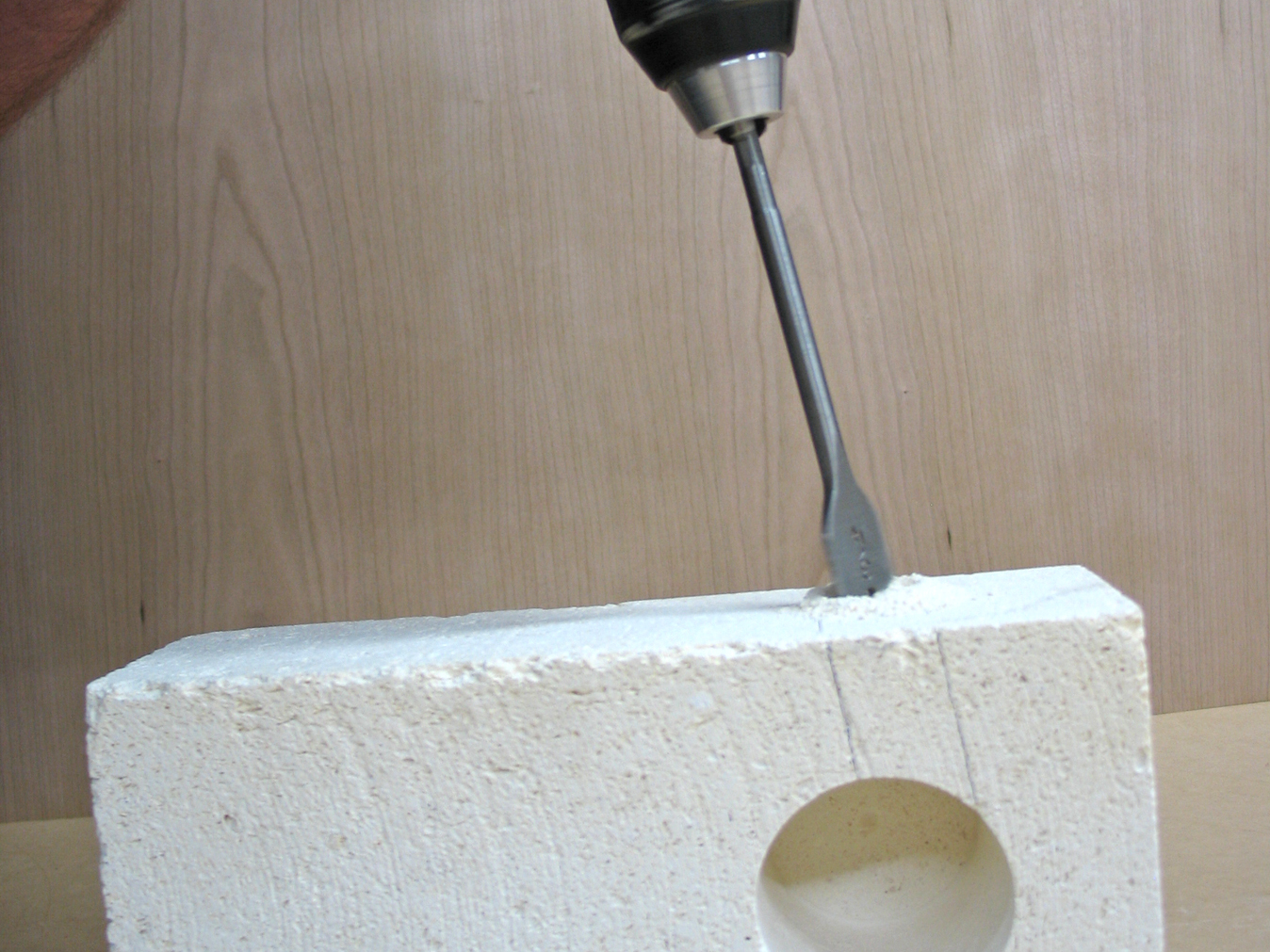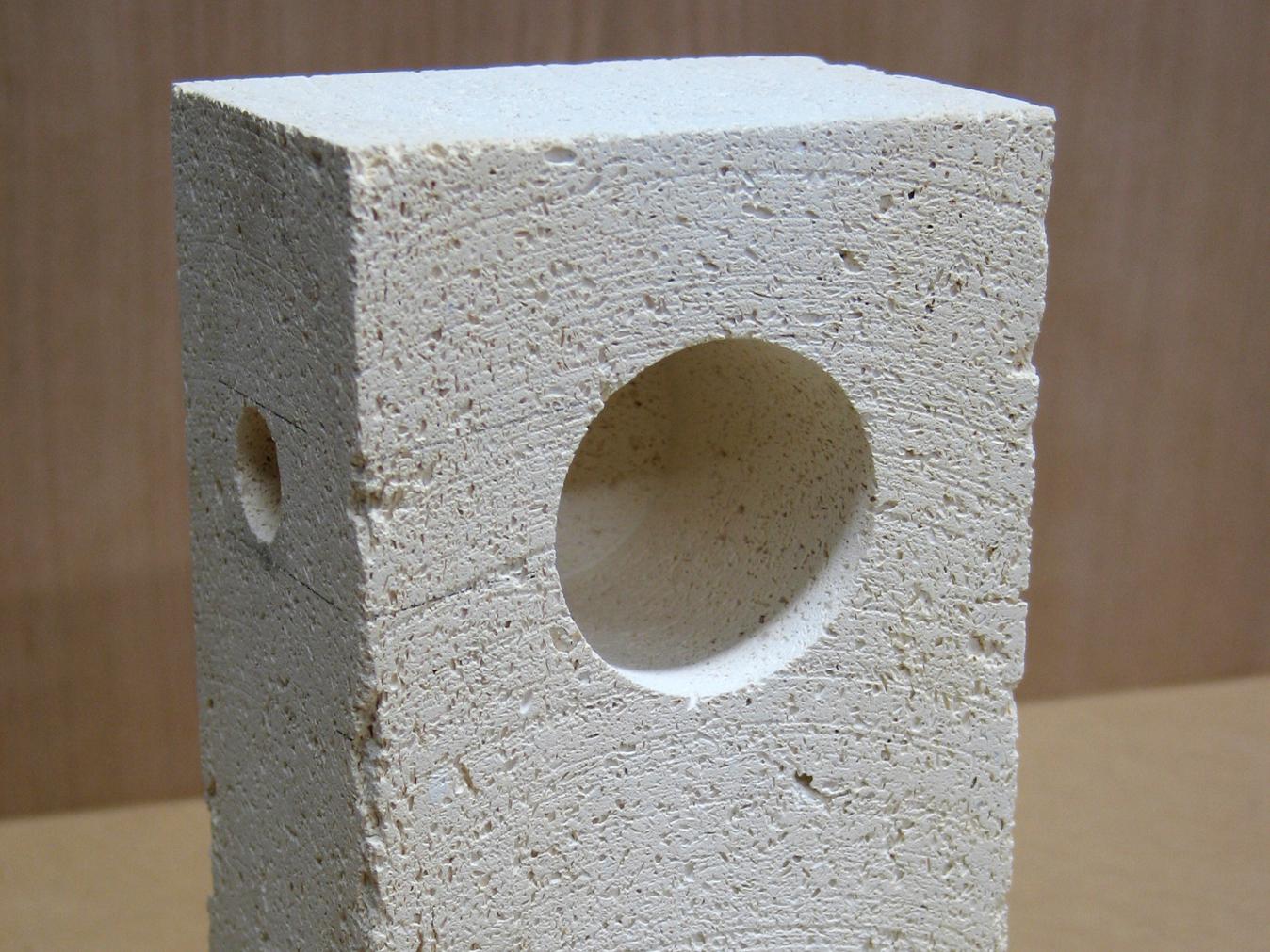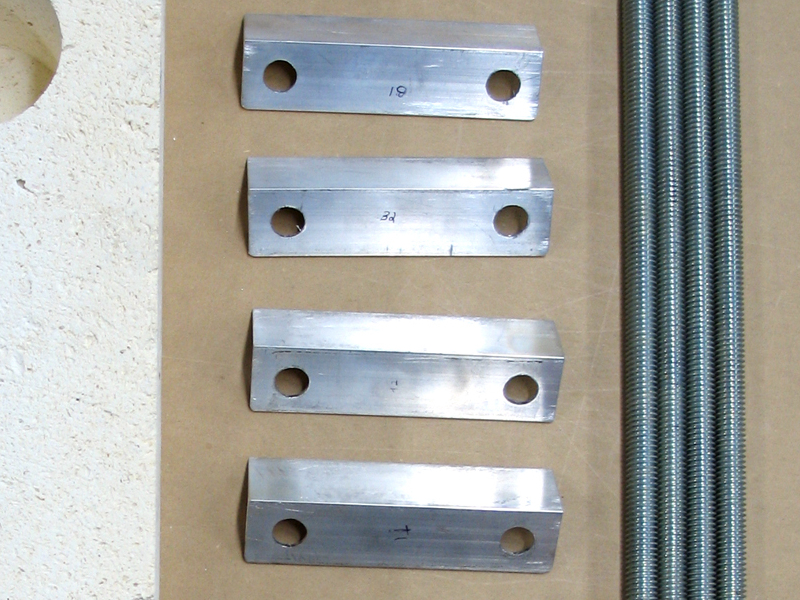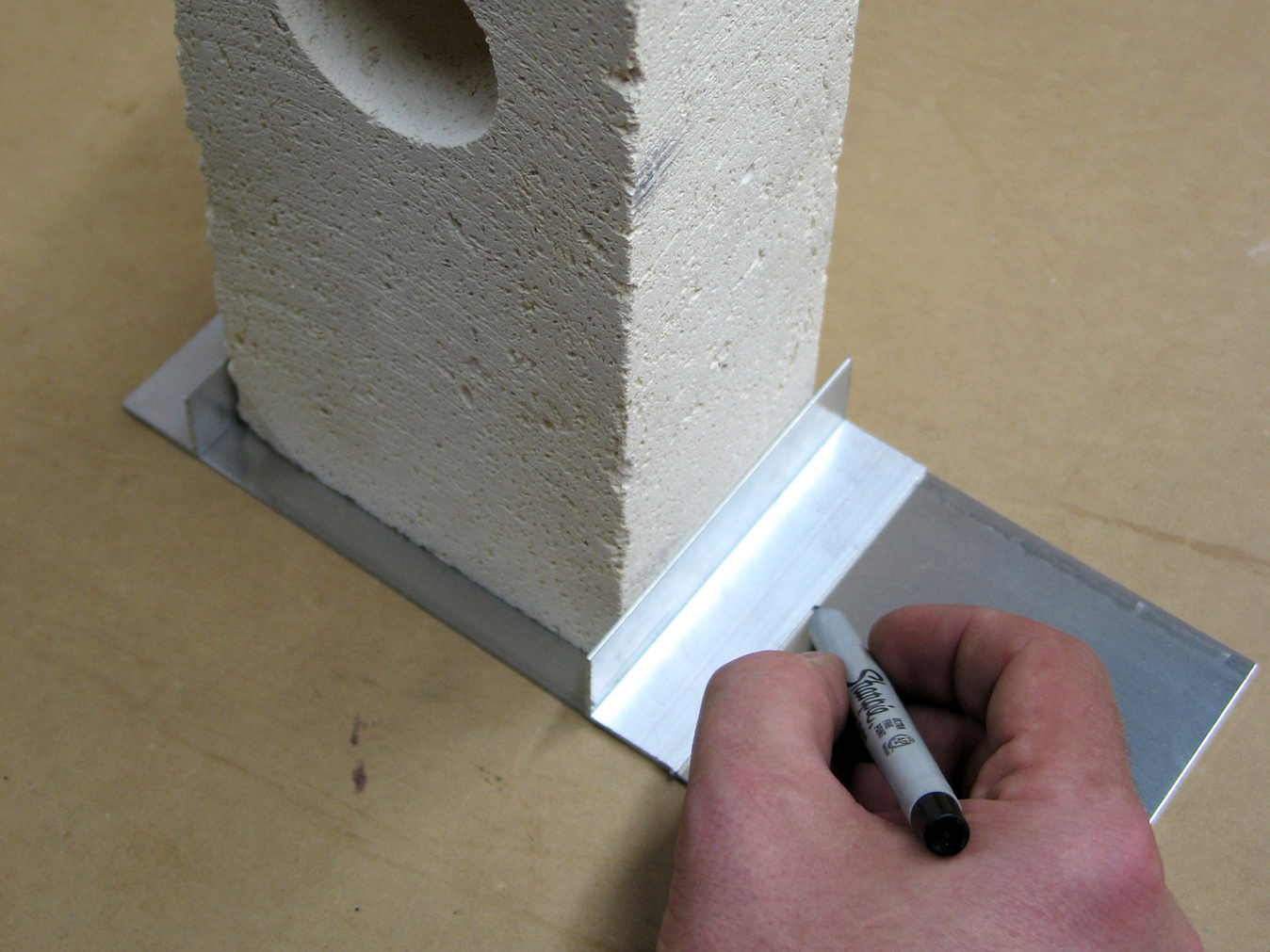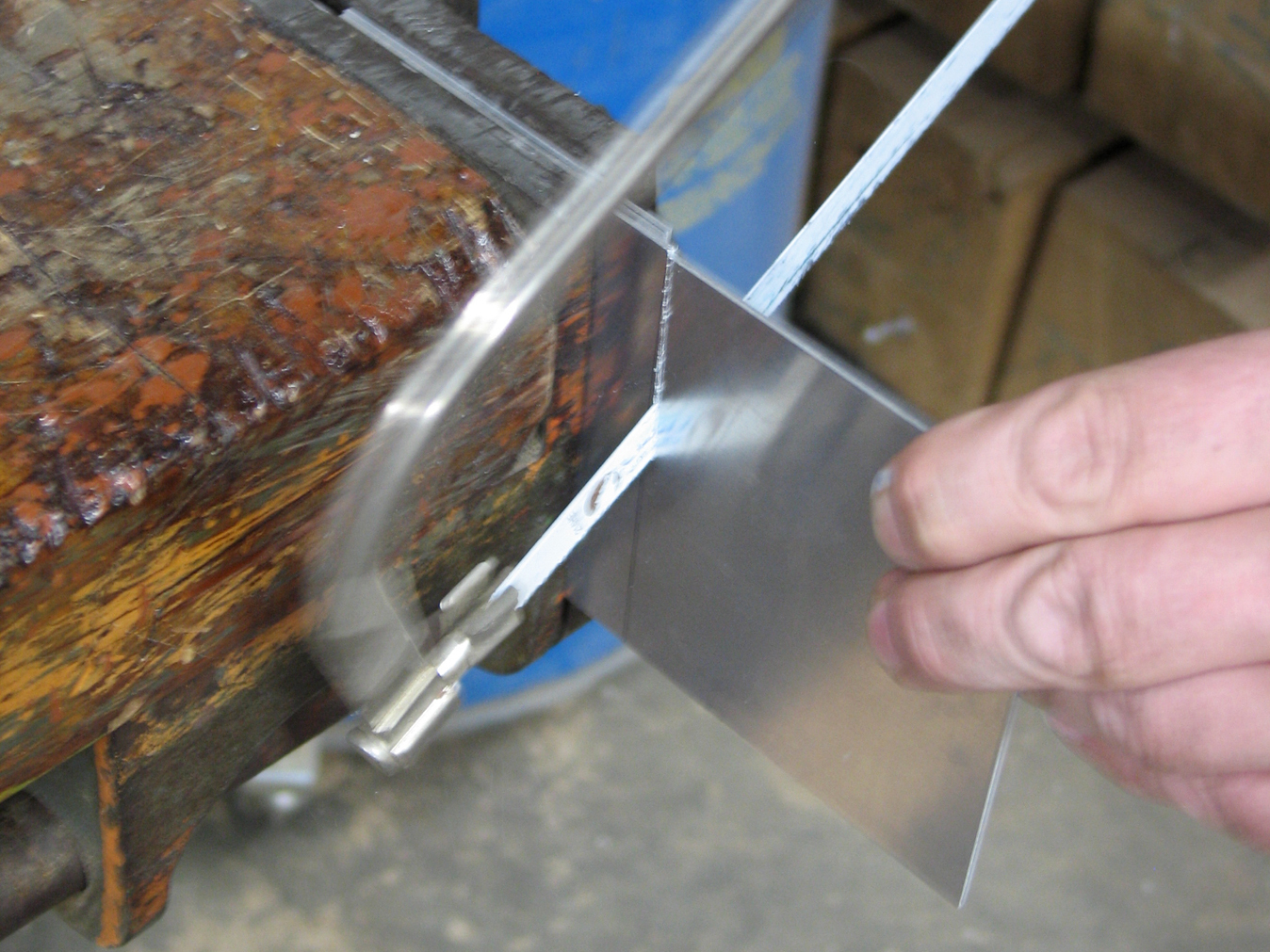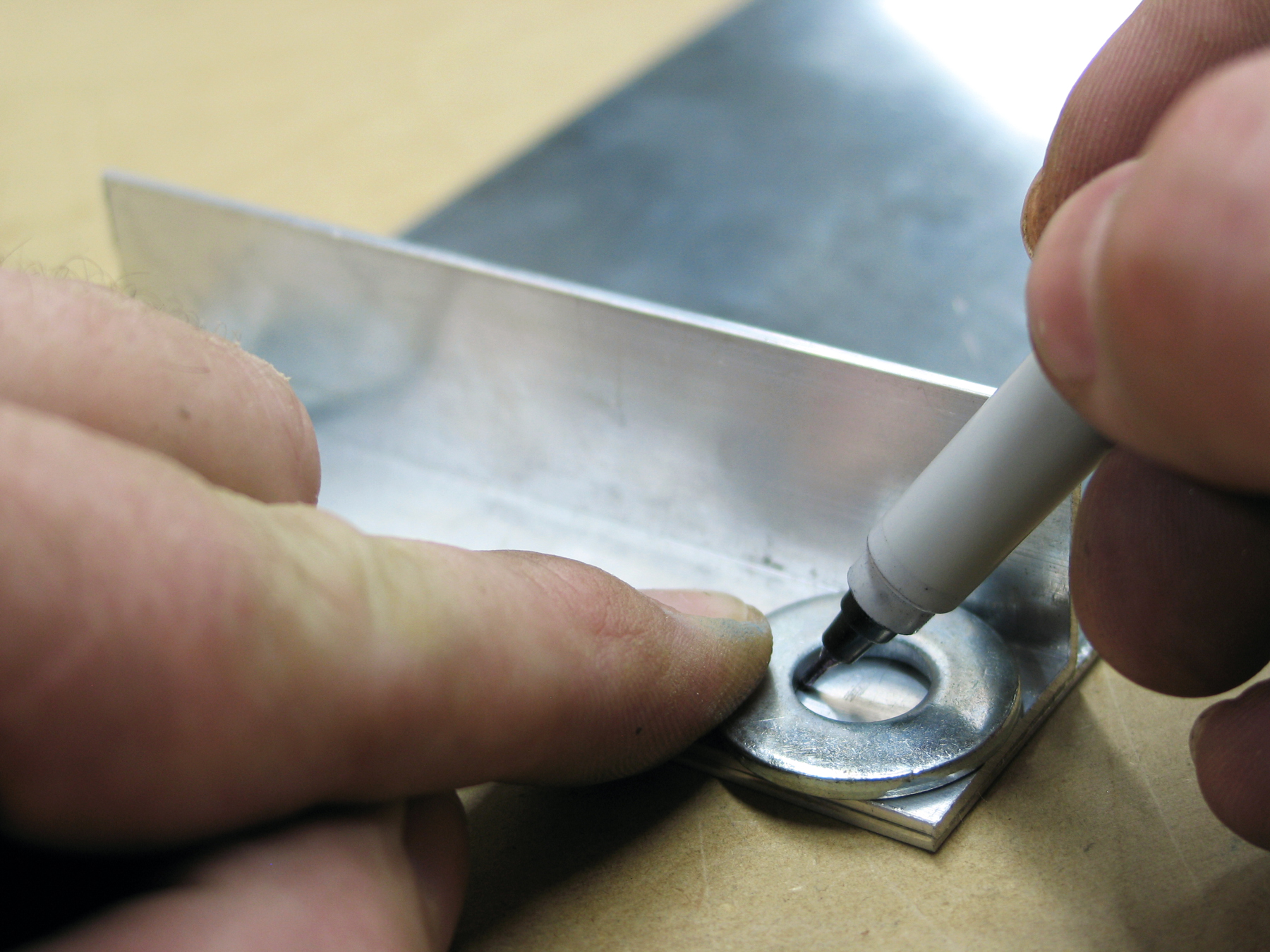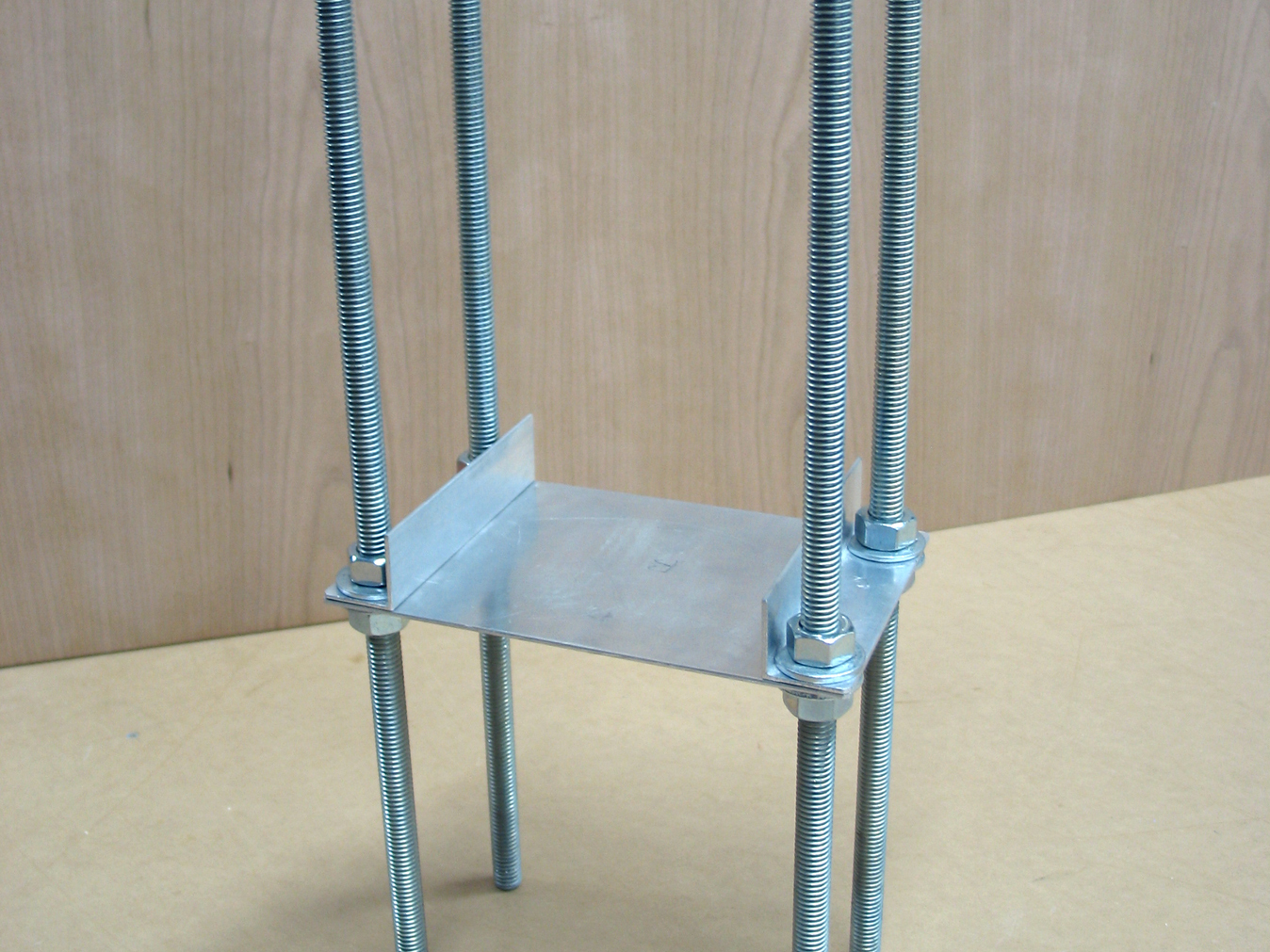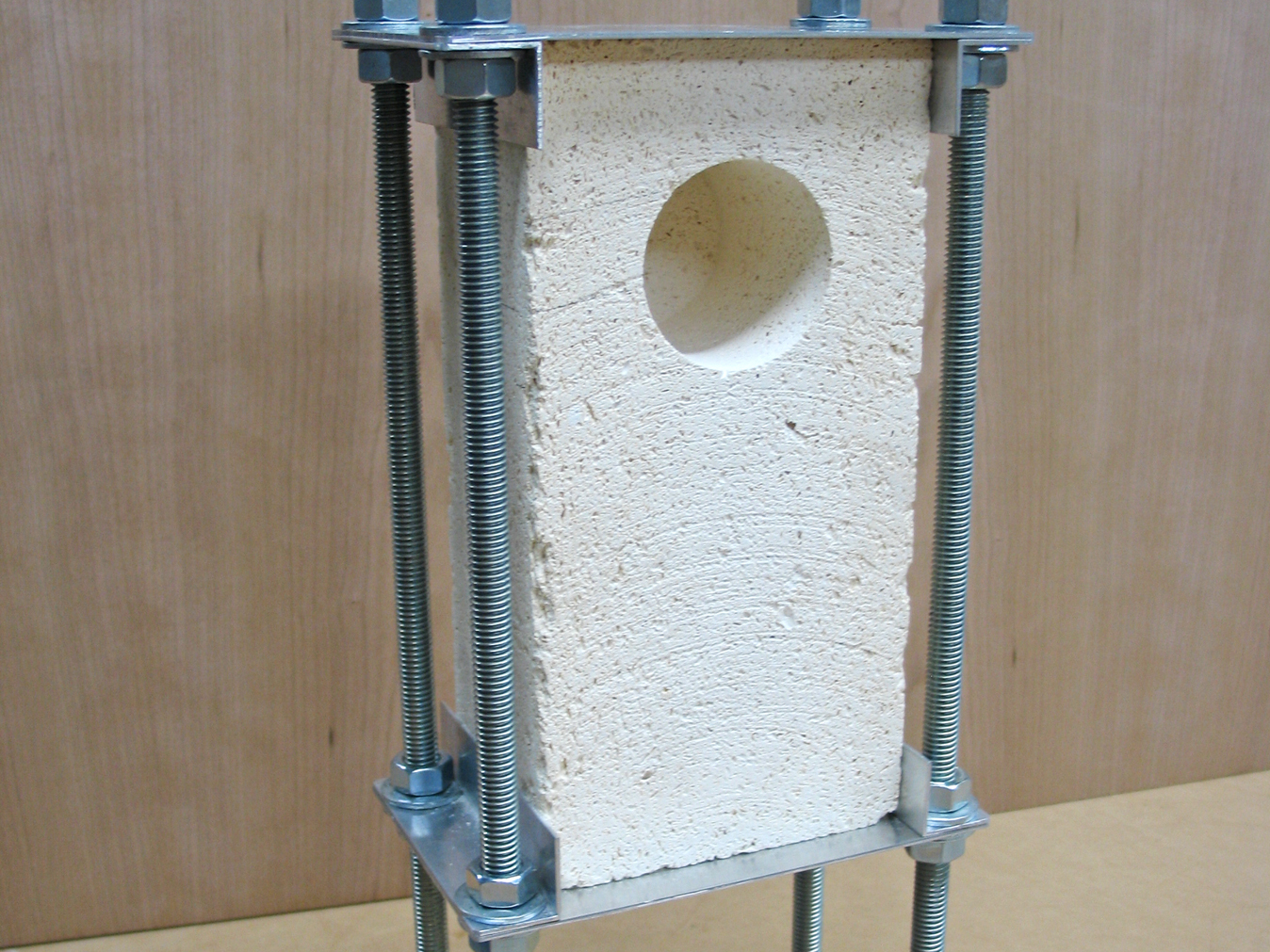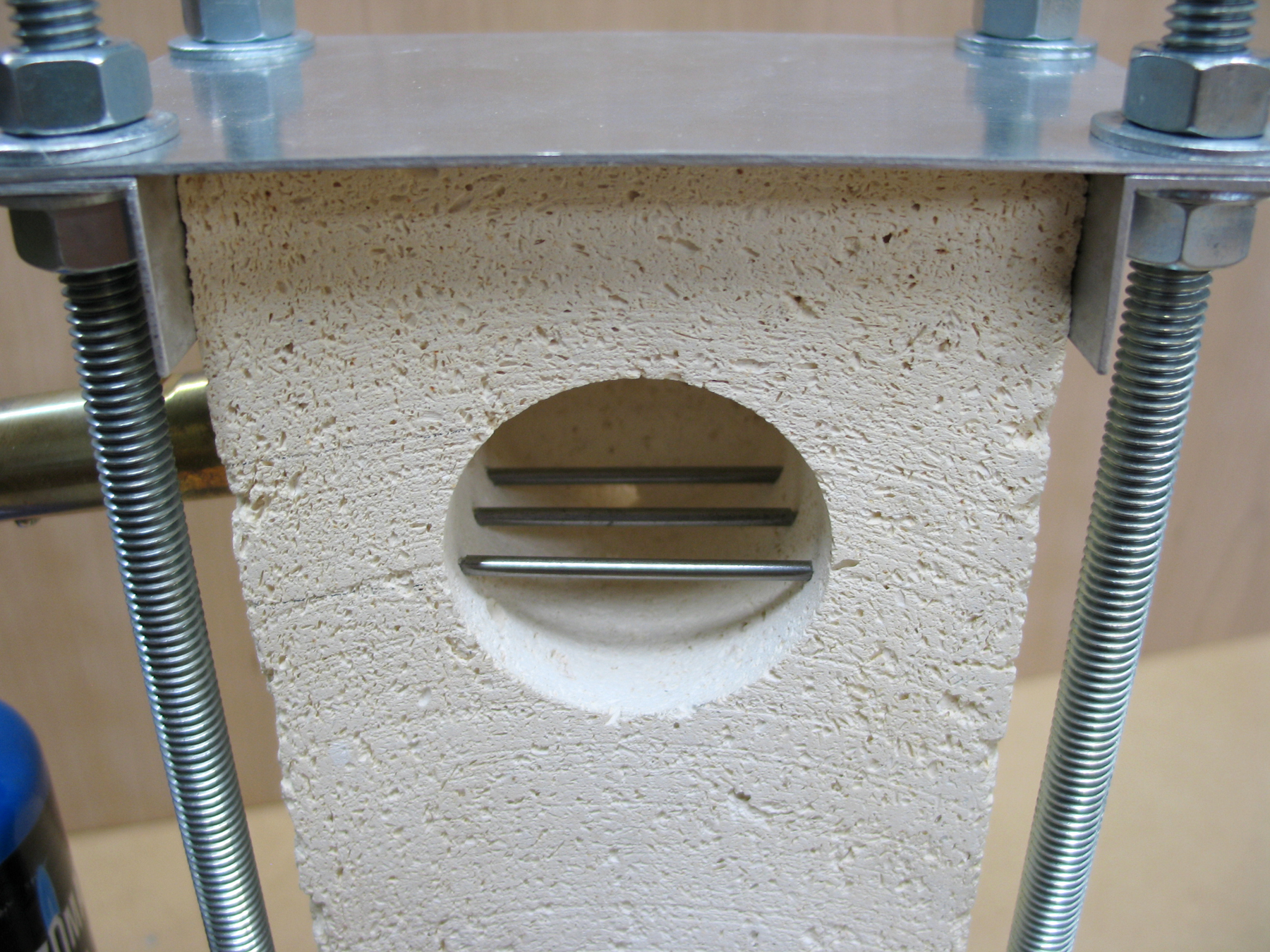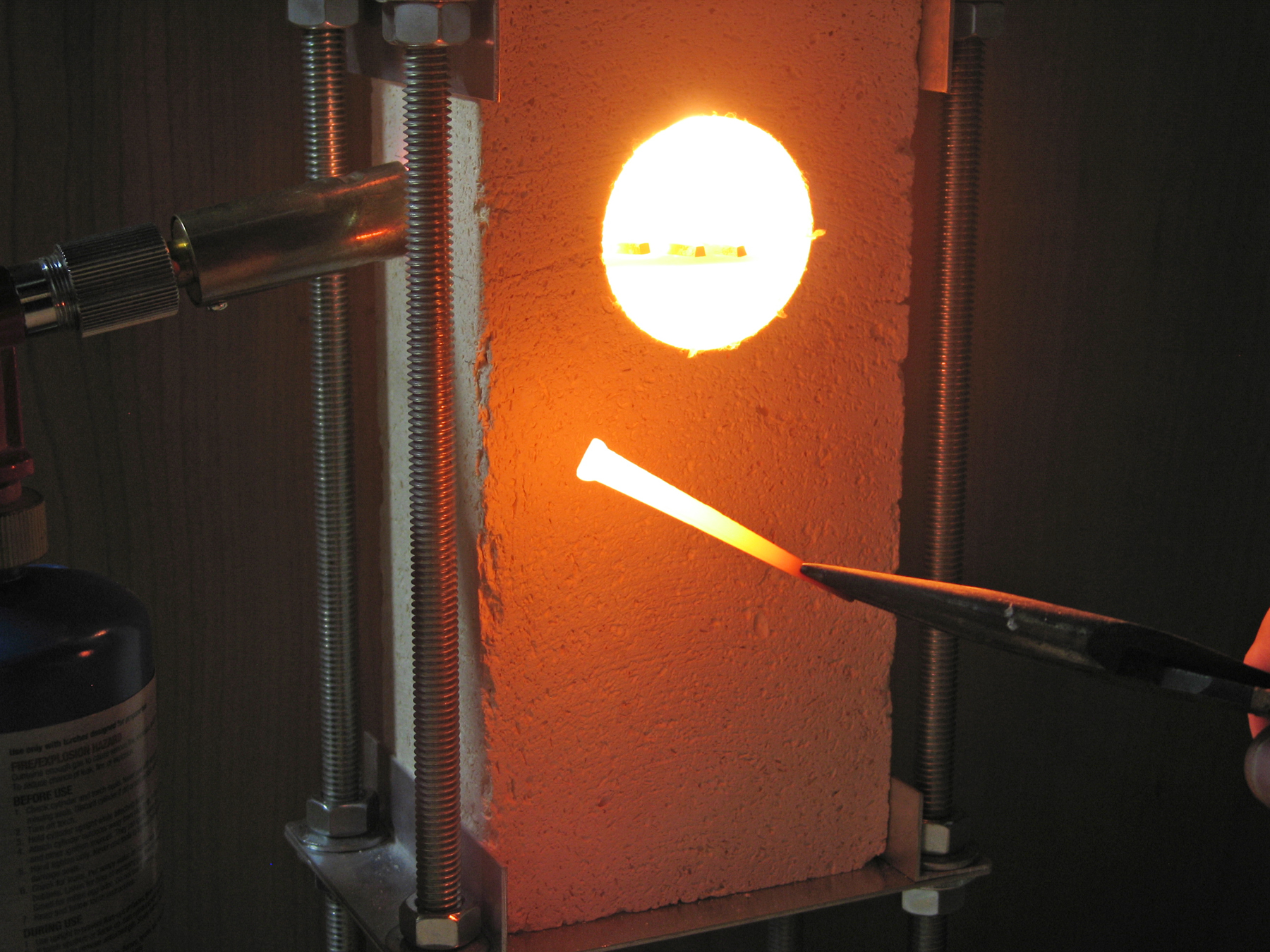I am a woodworker by trade and spend my days building Japanese-style architectural elements and structures. Because of my chosen niche, I occasionally need a piece of hardware that’s impossible to find in this country. Sometimes I ask friends in Japan to track it down. But other times, if the piece isn’t too complicated, I’lI make it myself. Recently, I needed to make 500 old-style Japanese nails. In the past I would simply fire up a propane plumber’s torch, hold each piece over it until it was glowing, and then hammer away. That was fine when a dozen nails were all I needed, but this time I knew I needed a more efficient way to heat all those nails, so I built a micro forge.




